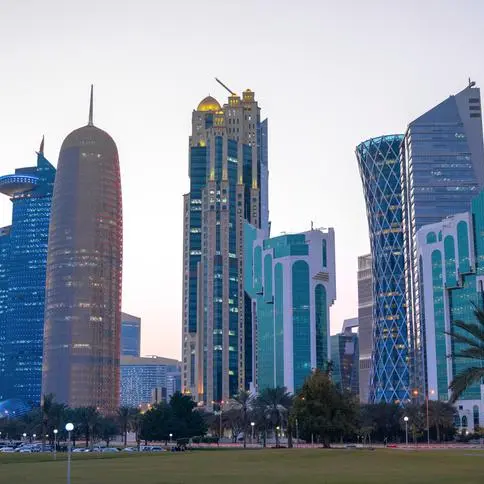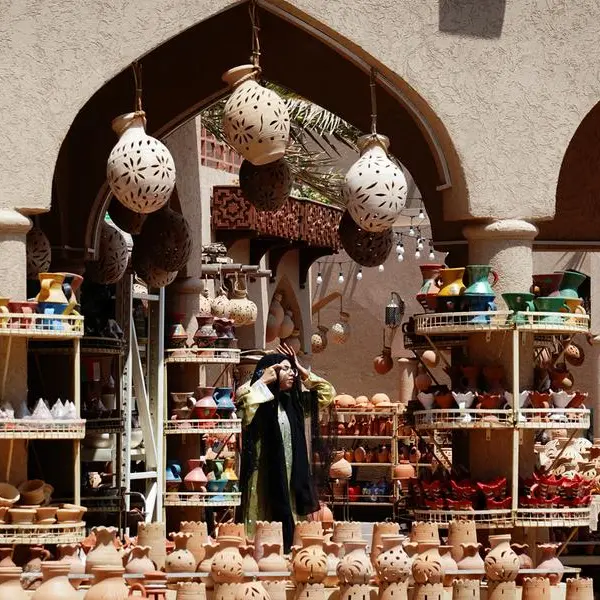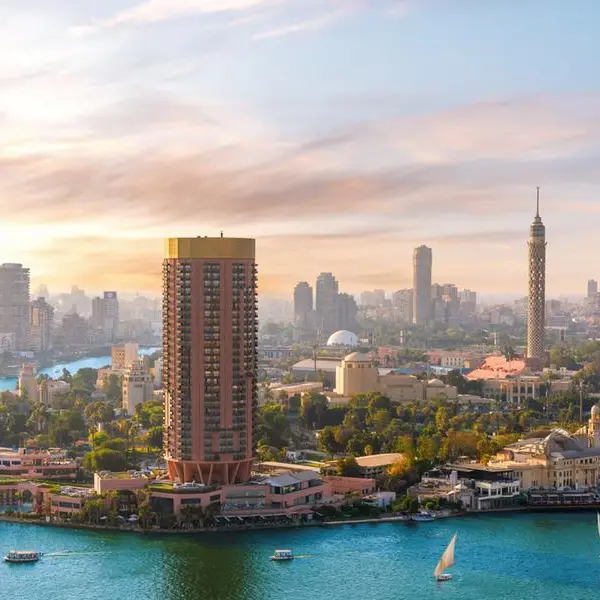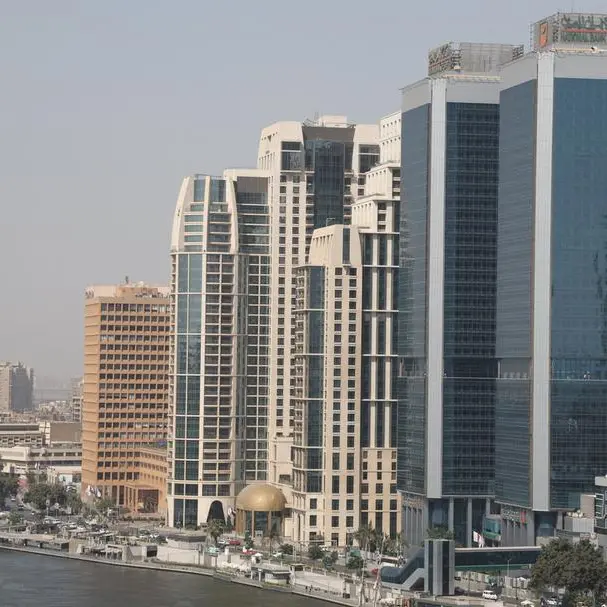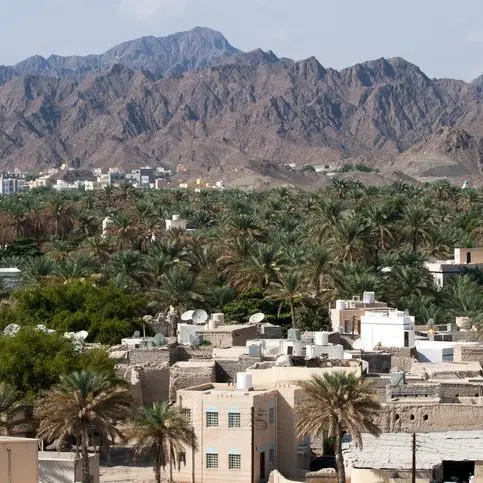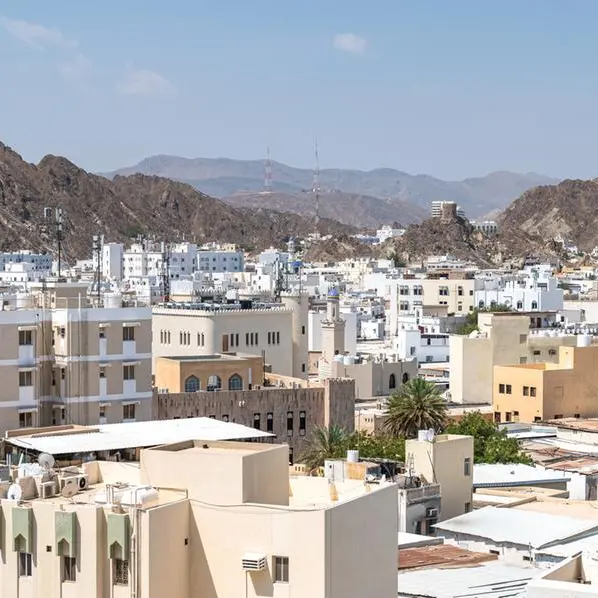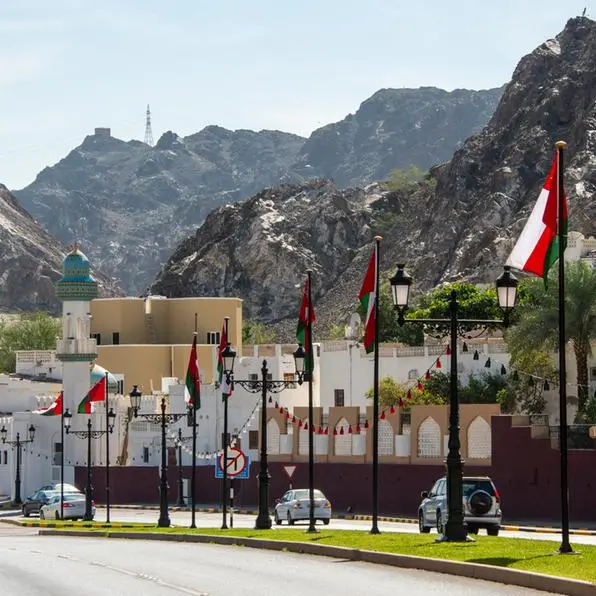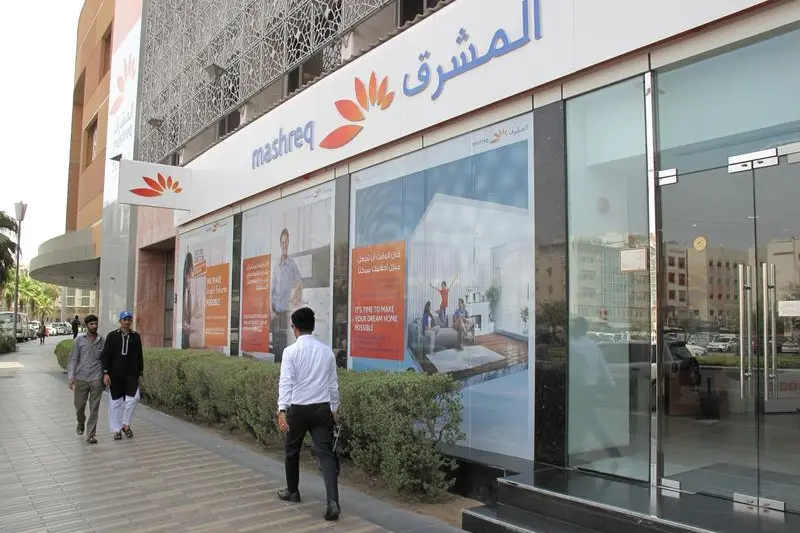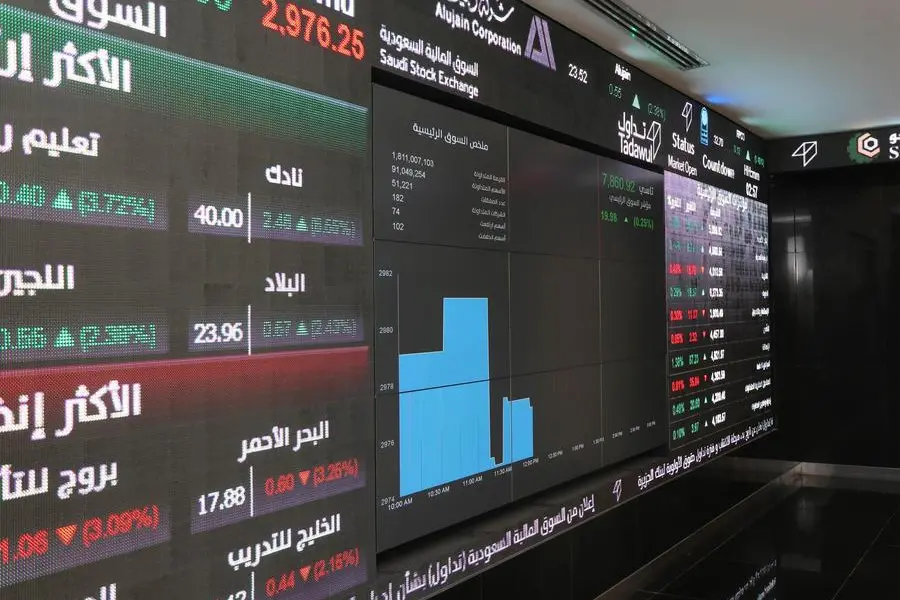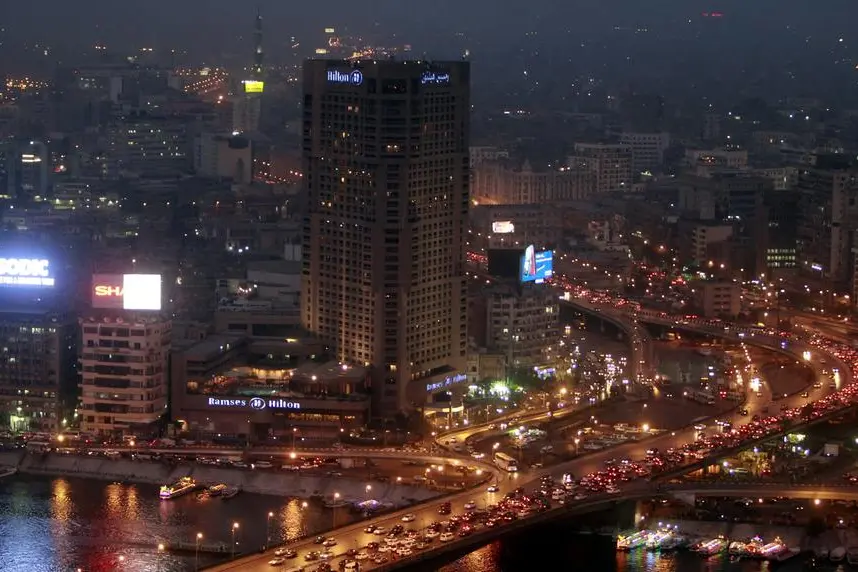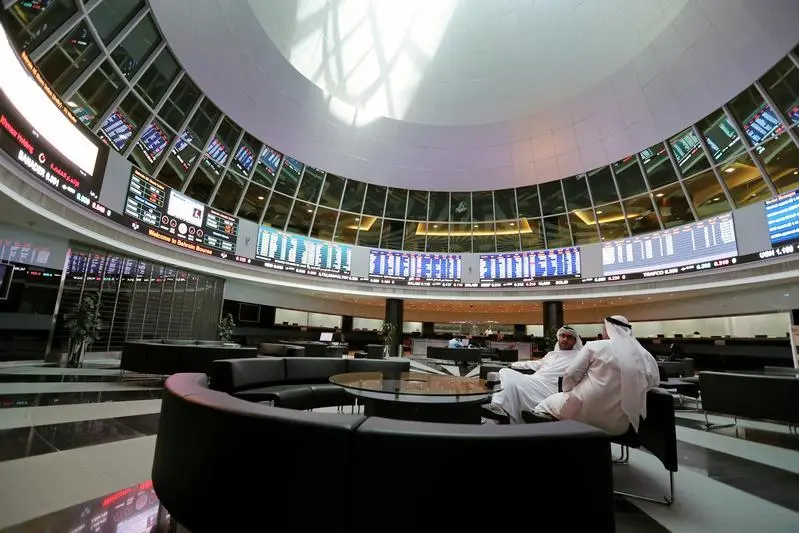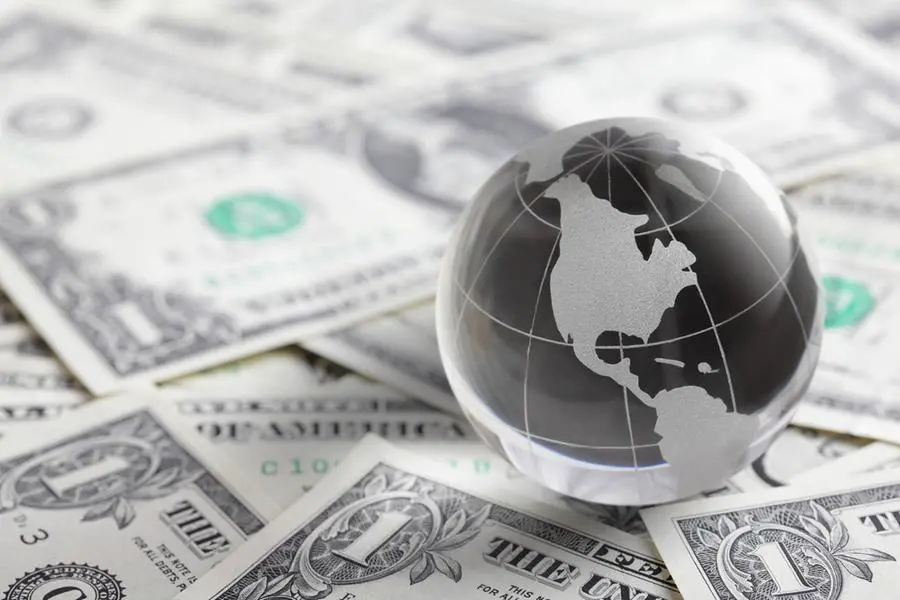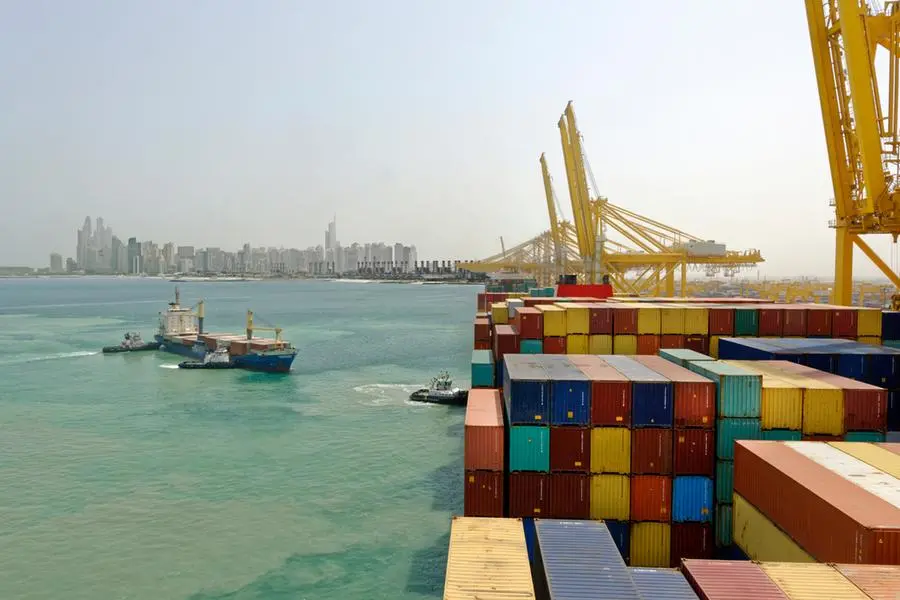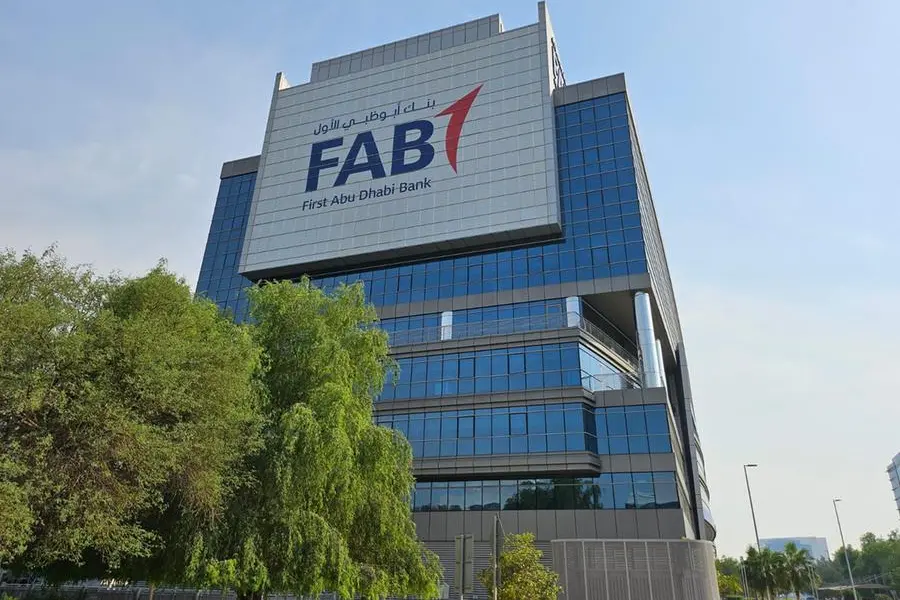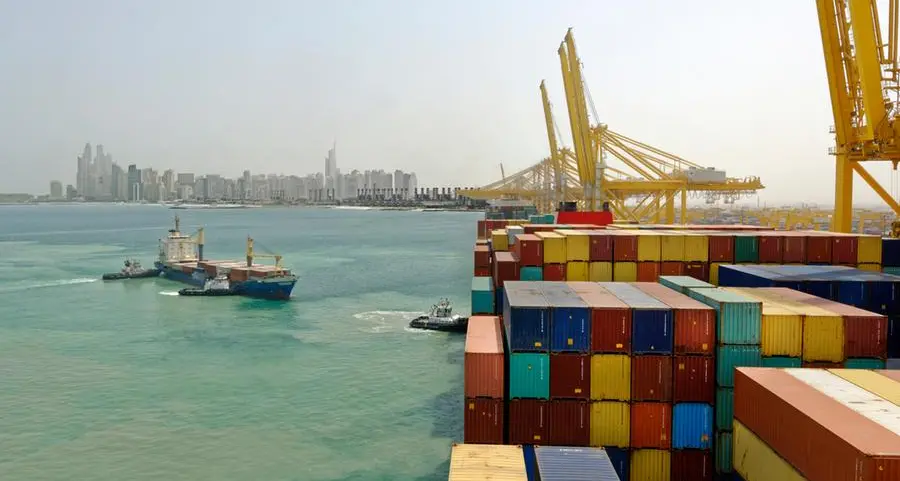PHOTO
The Kingdom Tower is seen in Central Riyadh, Saudi Arabia. Peter Macdiarmid, Reuters Image used for illustrative purpose.
Riyadh: The liquidity levels ("available money") in the Saudi economy recorded an annual growth of SAR236.129 billion, or 9%, reaching SAR2.921 trillion by the end of 2024, compared to SAR2.685 trillion in 2023. This is reflected in the broad money supply measure (M3), according to the December edition of the Saudi Central Bank (SAMA) monthly statistical bulletin.
Liquidity levels grew from the beginning of 2024 until the end of December by SAR236.129 billion, representing a 7.4% increase.
Over the past five years (2020–2024), liquidity levels have shown positive growth, rising by 36%, with an increase of approximately SAR772.205 billion. These significant liquidity levels are a key driver of the economic and commercial system, contributing to positive growth in the Kingdom's economic development trajectory.
Reviewing the four components of the broad money supply (M3), demand deposits, which constitute the largest share, accounted for 49.3% of the total, reaching SAR1.440 trillion by the end of 2024. Meanwhile, time and savings deposits, the second-largest contributor to the total money supply, amounted to SAR949.708 billion, representing 32.5%.
Other quasi-monetary deposits reached SAR302.036 billion, accounting for 10.3% of the total money supply, making them the third-largest contributor.
Additionally, currency in circulation outside banks ranked fourth, amounting to SAR229.088 billion, with a 7.8% contribution to the total money supply.

